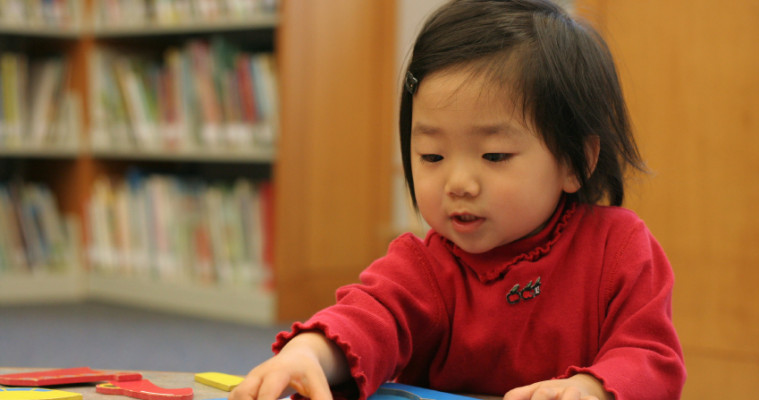
By combining early language skills and cognitive development, puzzles are a unique method to establish good attention and concentration and help your child thrive.
Here’s how:
1. Spatial Concepts - Studies support that high quality parent interactions during puzzle play promote spatial thinking and later math skills. Create that for your child and teach words such as, Next to, above, below, between, edge, flat, straight, corner, curve, side, top, bottom, long, short, inside, outside, upside down, and flip.
2. Labeling - labeling parts and whole (e.g. the arm of the Giant, the Giant’s eyes) for fast word learning and expanding vocabulary. Providing a language-rich environment during play will always be the best way to learn more words.
3. Boost in cognitive skills such as Problem Solving & Reasoning - The old “guess and check” method is the simplest form of problem solving, which kids can learn during puzzle play. To further promote early critical thinking skills, ask your child same/different questions (e.g. How is this corner piece similar to this one, how is it different?). If your kiddo is even younger, try matching and sorting by colors as a first step to completing a puzzle.
4. Promotes “Self-Talk” - in those late toddler and early preschool years, “self-talk” can be a great way for children to advance and build confidence with conversation skills and sentence development. Encourage your child to talk through the logic of completing a puzzle.
5. Promotes Conversation - on the first go-around, likely your child will need some assistance with starting and finishing a puzzle. Use this opportunity to facilitate asking for help, or where questions (e.g. Where does this one go? and you respond using spatial concepts from #1). Puzzles can also be used as story starters, so start creating something new every time.
